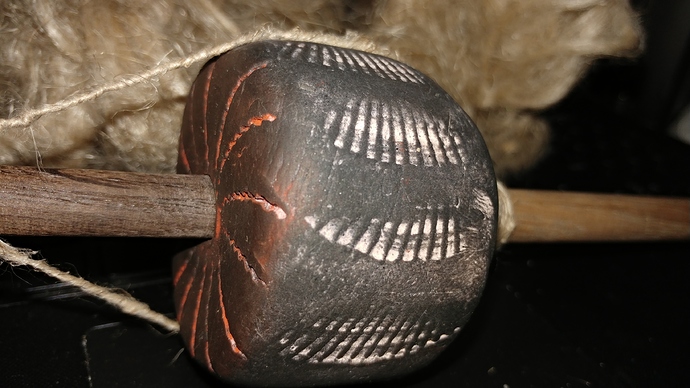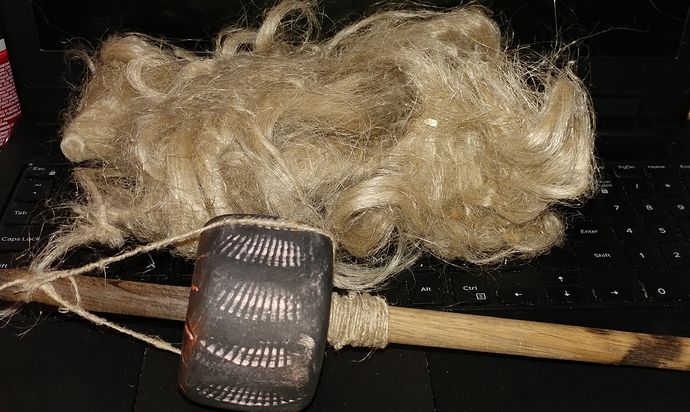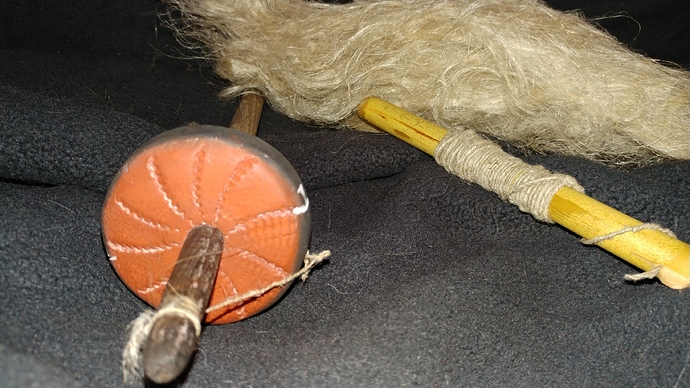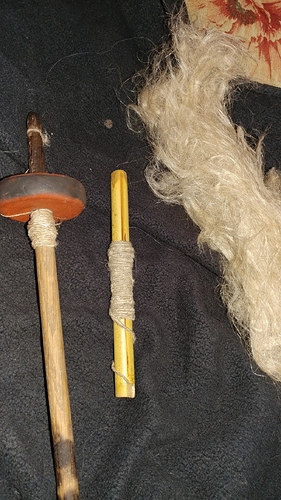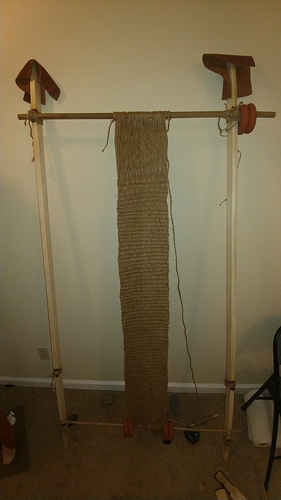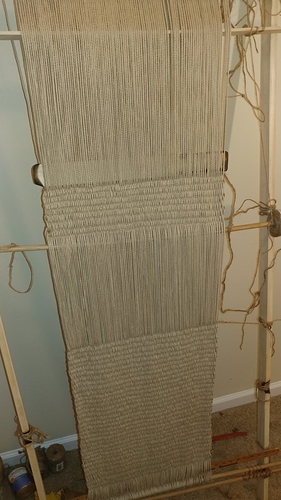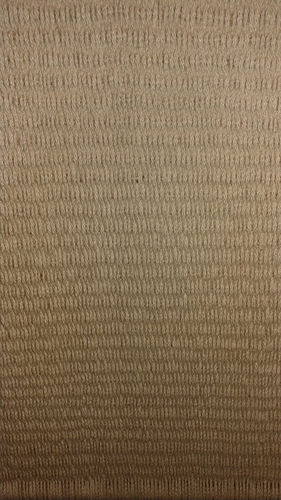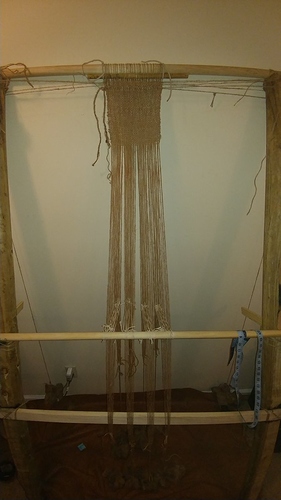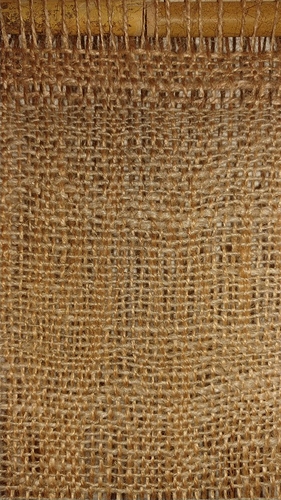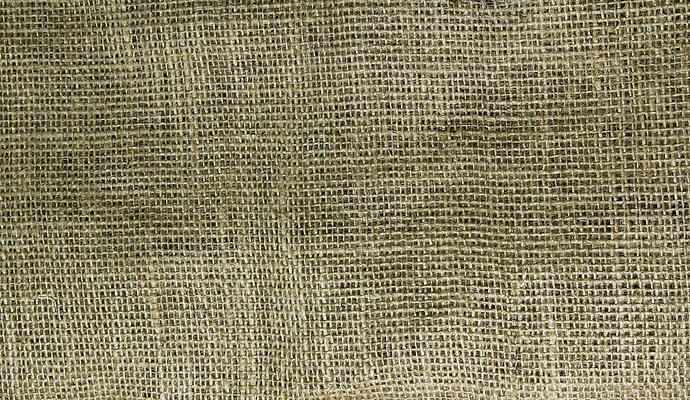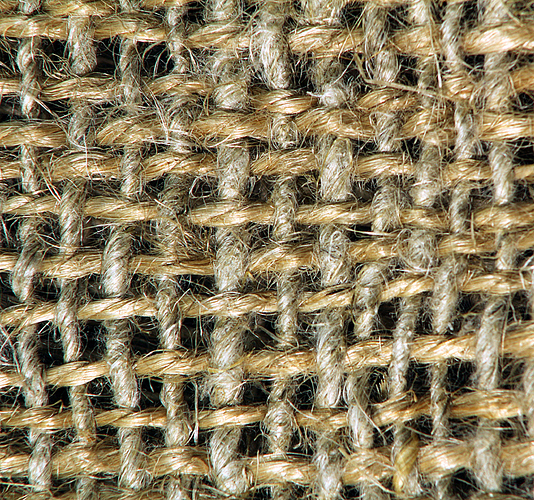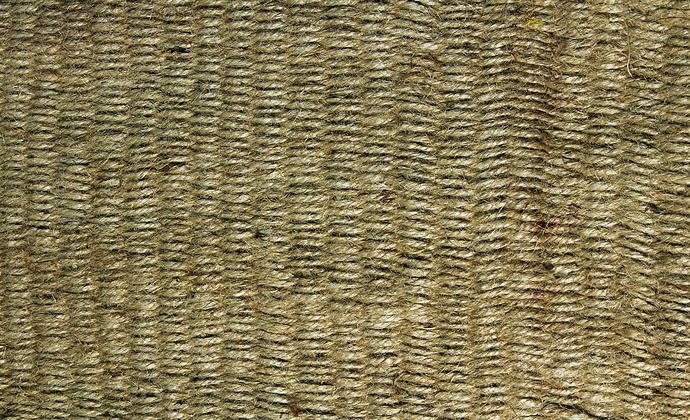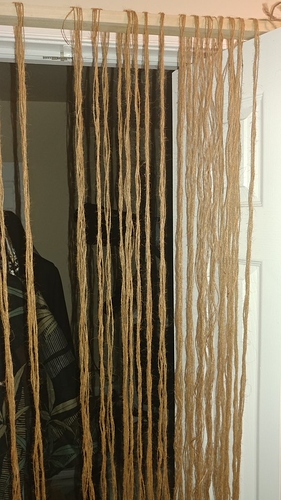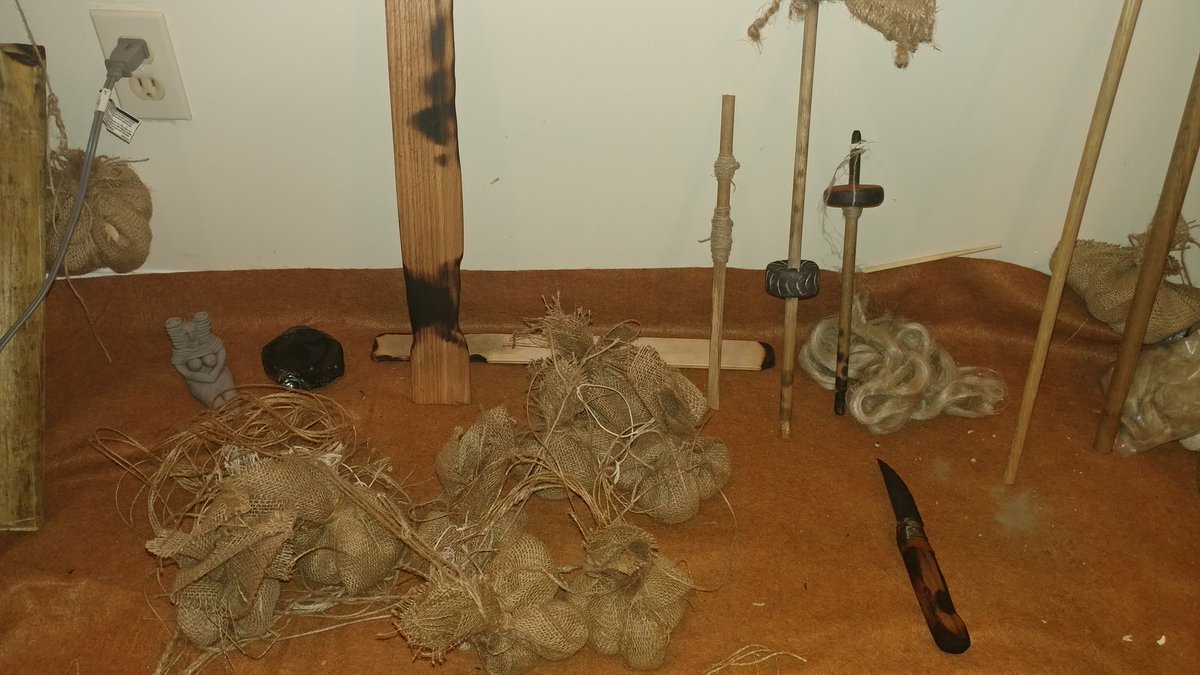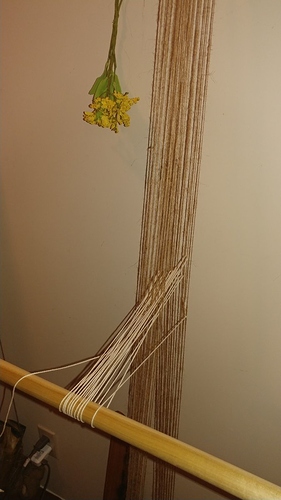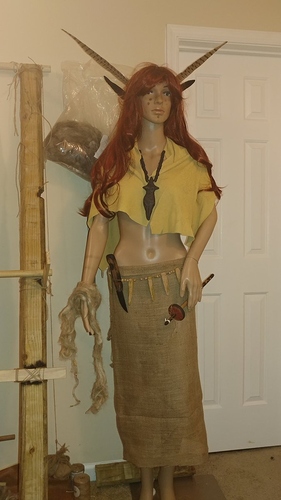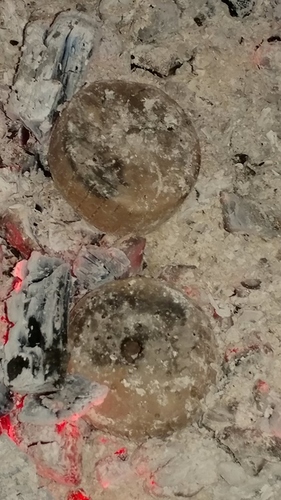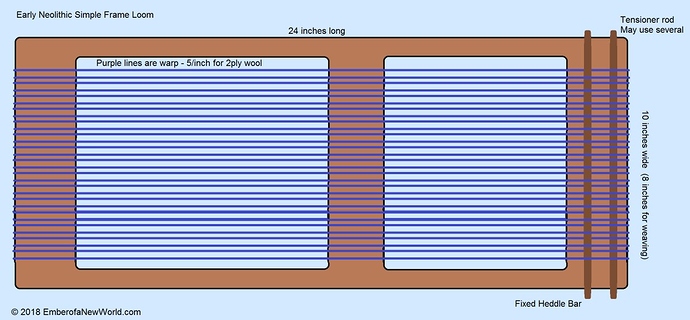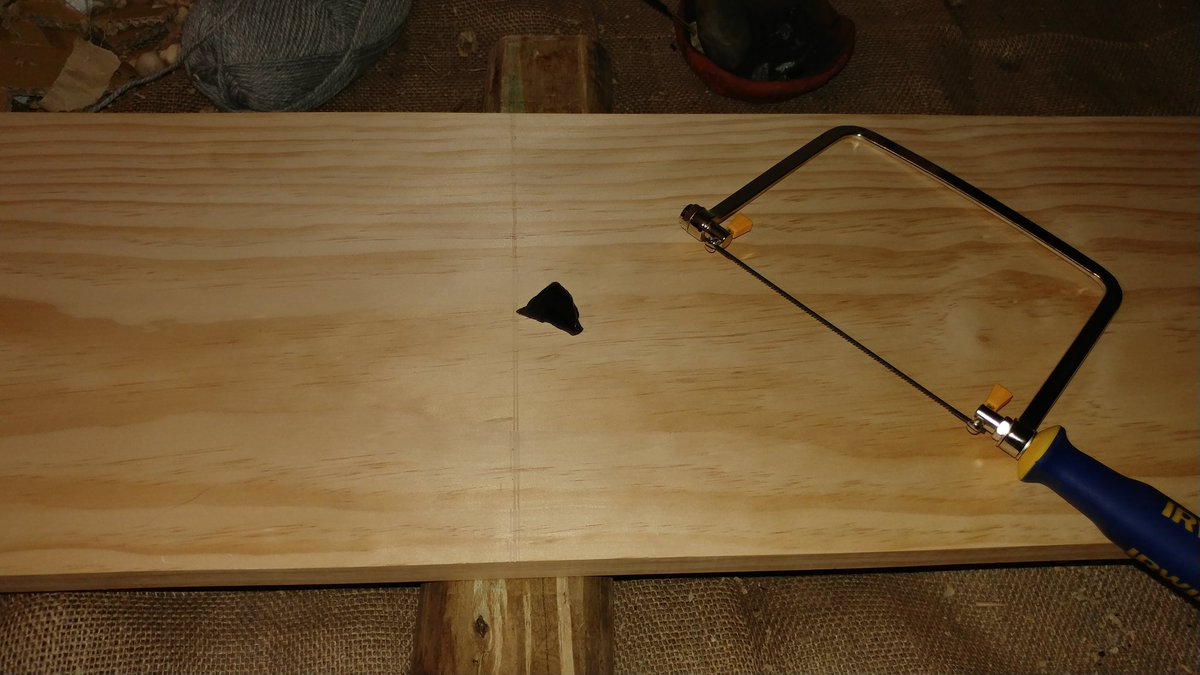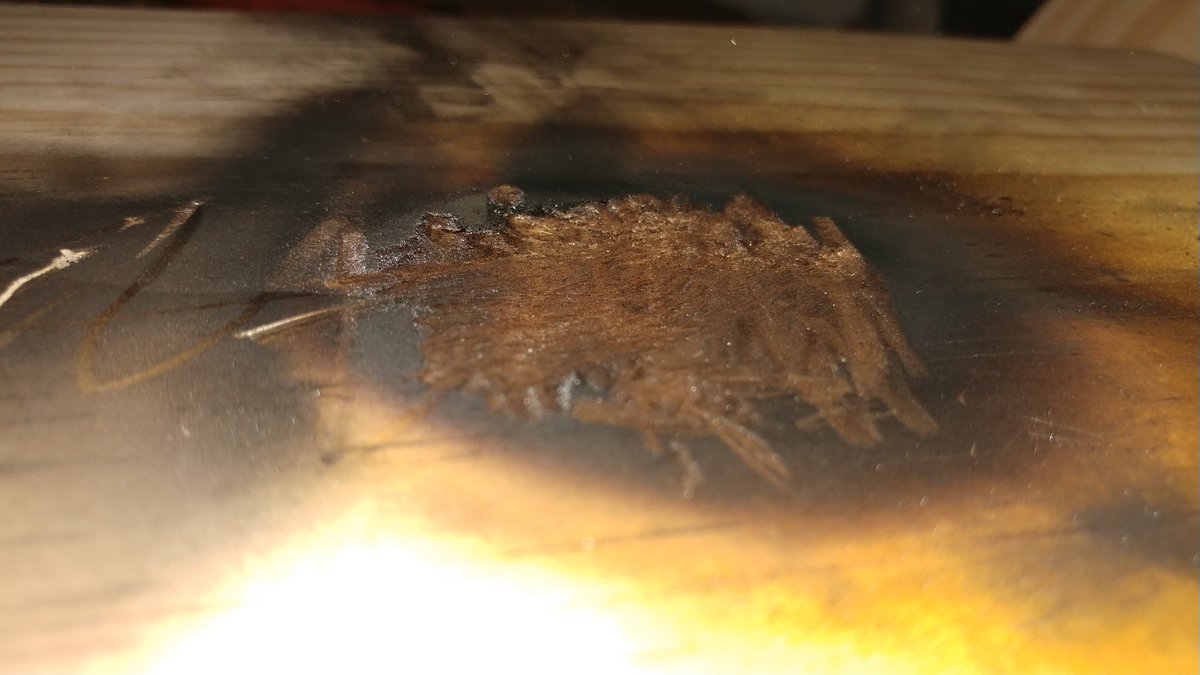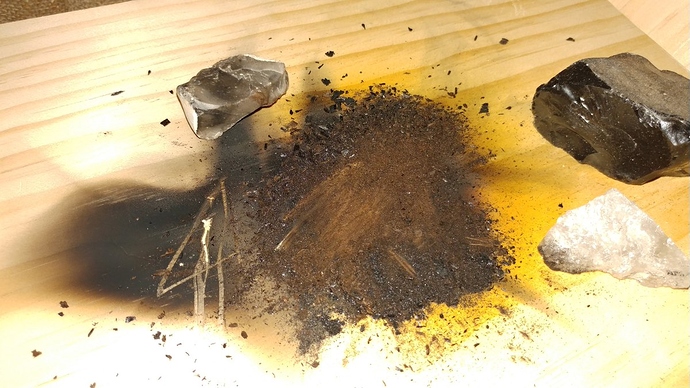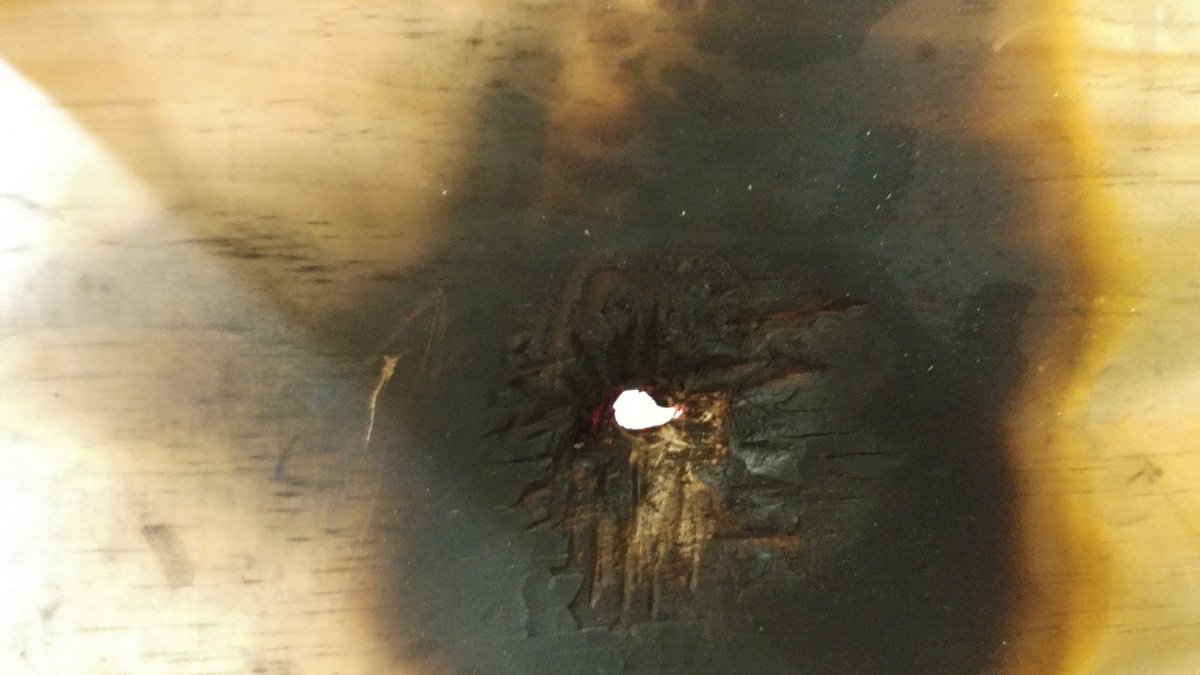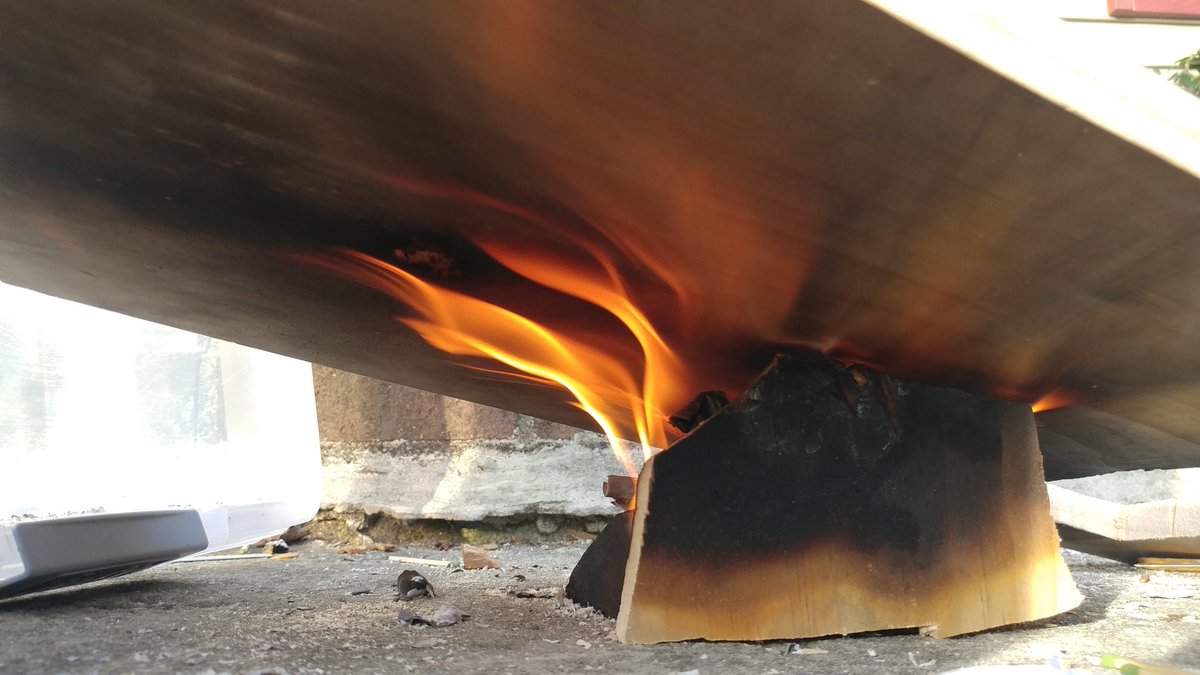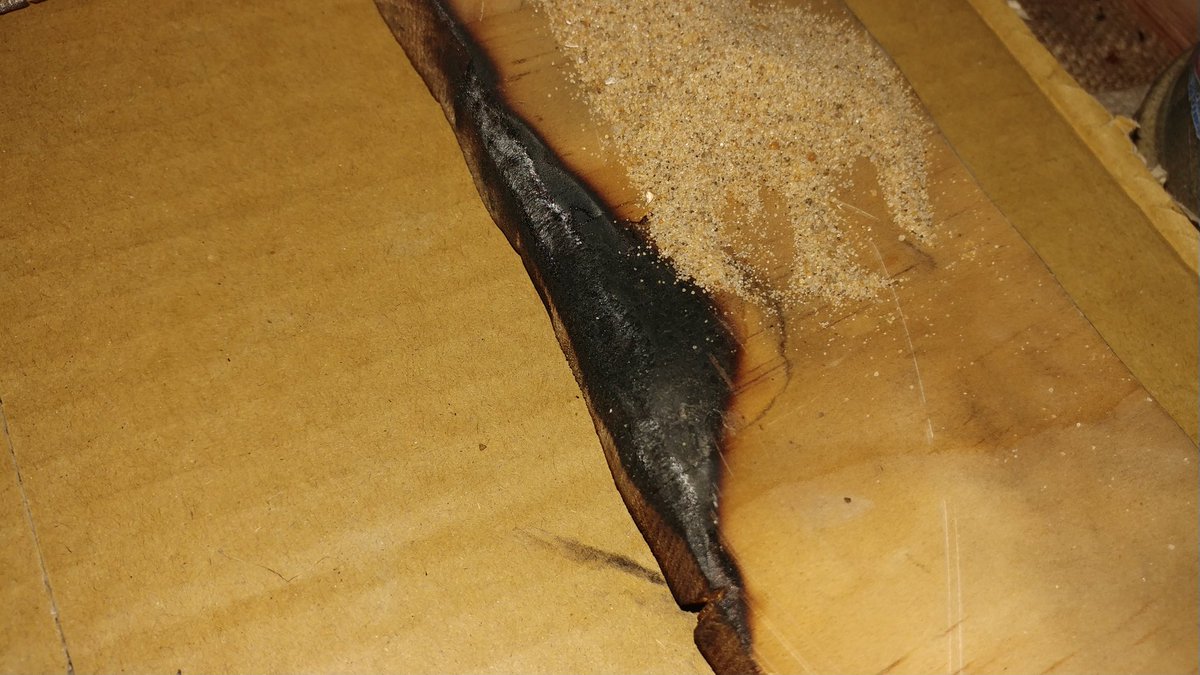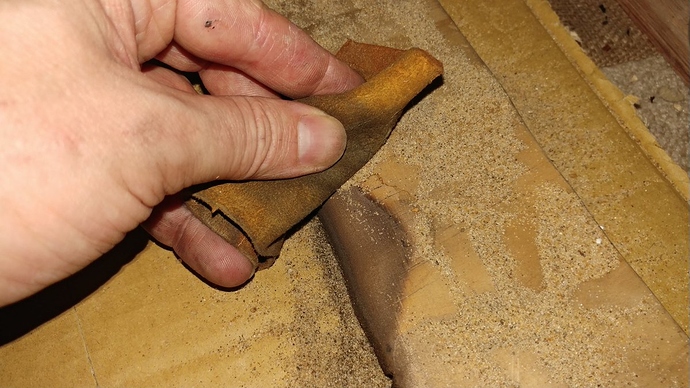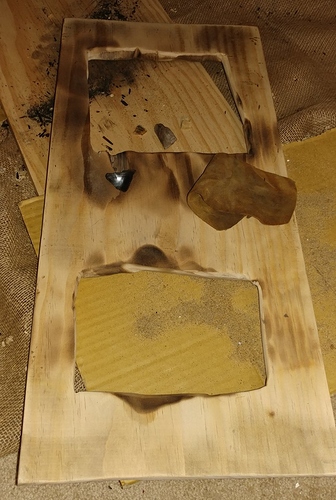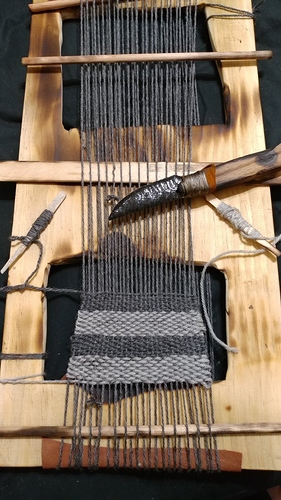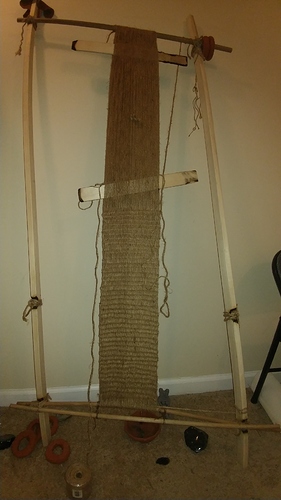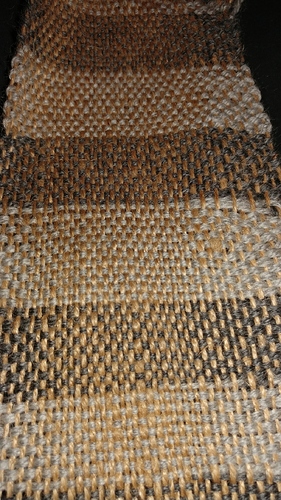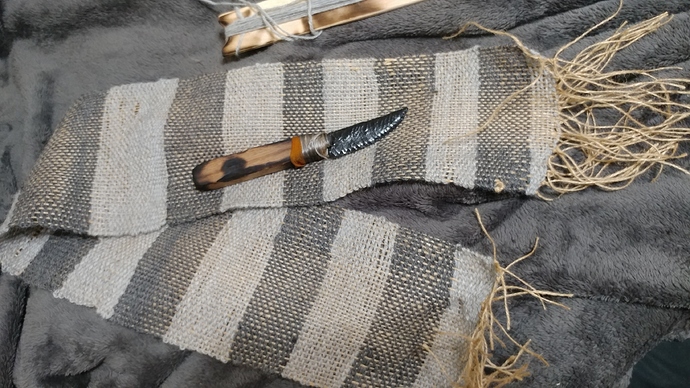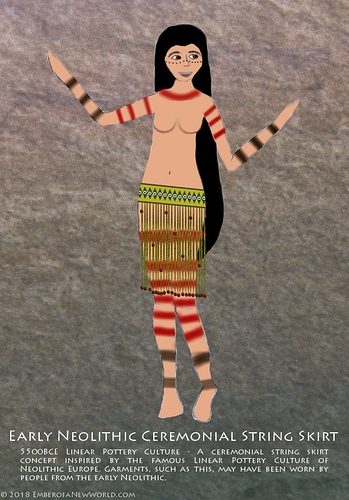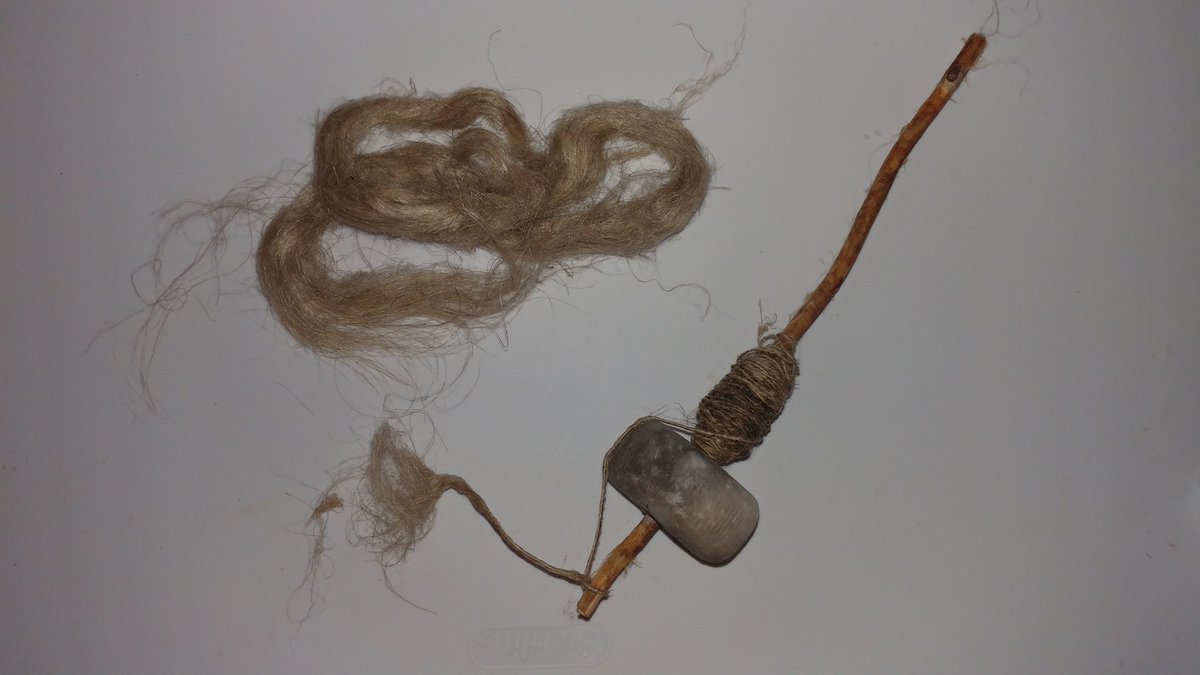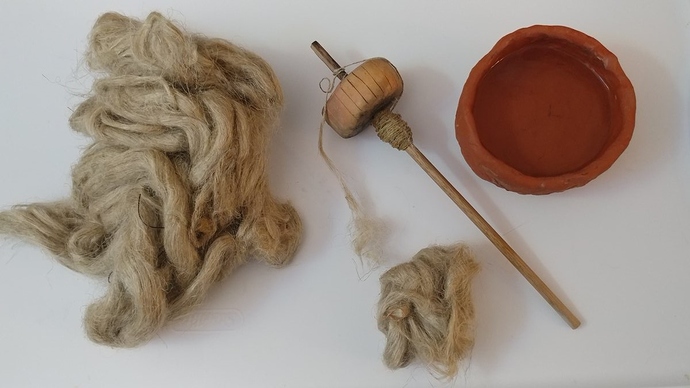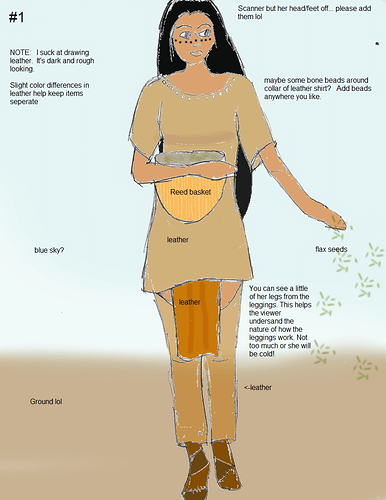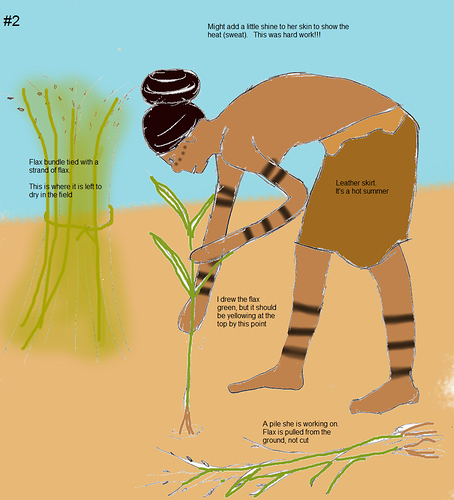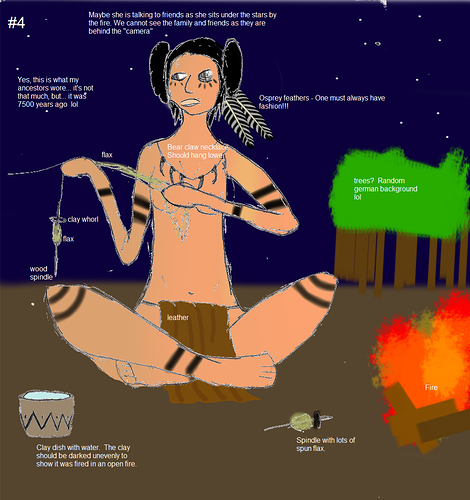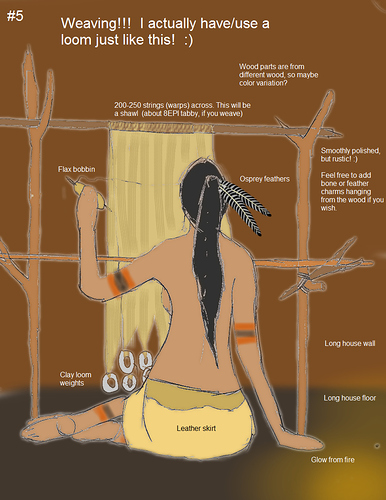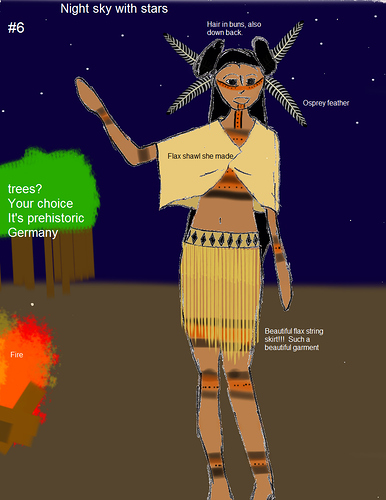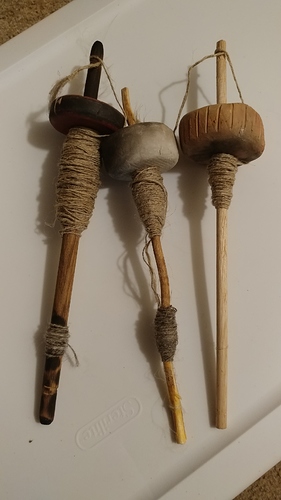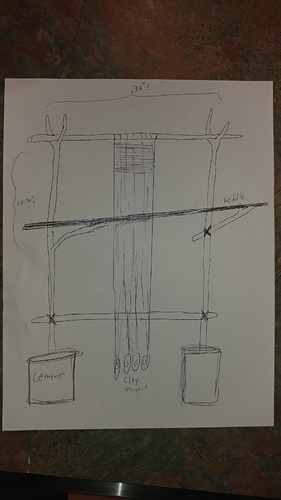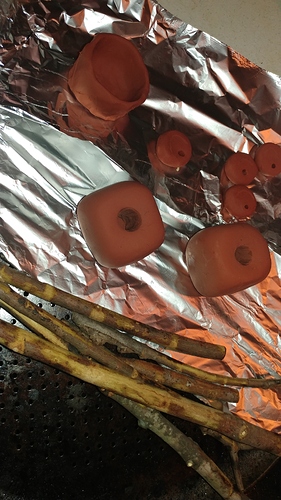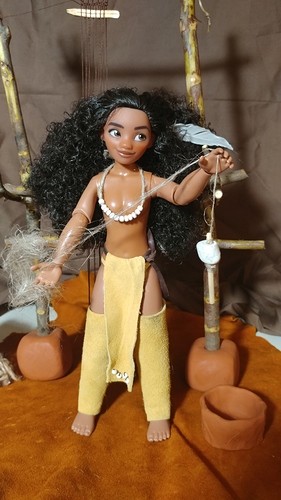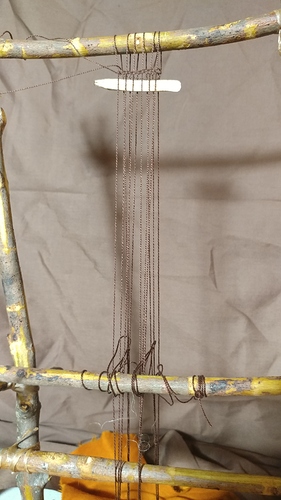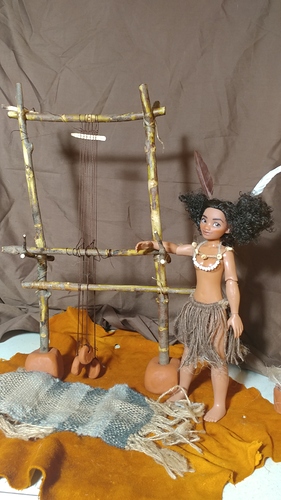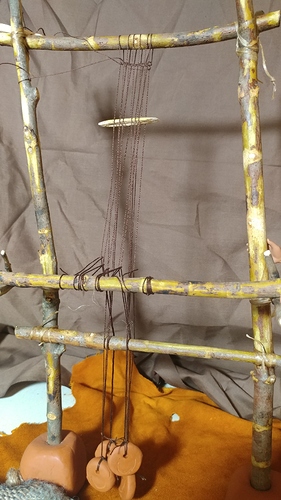Weaving is such an important part of the Neolithic that I figured I should spin its own special forum Thread 
Neolithic weaving / spinning involved many different fibers, such as flax, nettle, wool, lime and cotton. I have begun to reproduce these in order to understand the practical and experimental aspects of what is otherwise described in text. I will detail my own attempts to learn these techniques and what I have found. Please add any that you folks have found. All data is useful to the devs!
[This is, and should be, separate from clothing as weaving / spinning are not always used to make clothing]
So far, my spinning has been unable to produce anything (in any realistic quantity) below 0.5 - 1mm, though I can produce as thin of flax thread as 0.3mm, but only in very short lengths. I have yet to try spinning wool below 1mm, but this is a task I will soon try.
These spindles are made from clay and painted in wood ash (black) and red ocher. The designs on them are impressed with a sea shell, much like the Cardium culture. The wood was shaped with fire and stone tools, and smoothed using leather and sand as grit. This heavier whorl (weight) is useful for wool and 1+ mm cord.
I made a thinner whorl for 1mm or less thread and especially flax, which breaks easily.
I started with a simple, primitive vertical loom, perhaps in use in the early Neolithic. It has a fixed warp requiring the weaver to manually form a shed (split between warps) each and every pick (horizontal line being laid)!!! This is slow, but works. Notice the coarse linen made. This is 2mm flax cord, needed with such a primitive loom. Thinner cord simply breaks due to the stresses imposed on a static warp.
Sample of 2mm linen
Next up is a warp weighted loom. This is probably early Neolithic and onward, being used even today in some places (mostly ending use in the early CE). The warp needs to be at least 1mm, but the weft (horizontal cords) can be nearly as thin as you like. I have worked with 1mm, but less becomes very time consuming to pick and VERY time consuming to spin.

